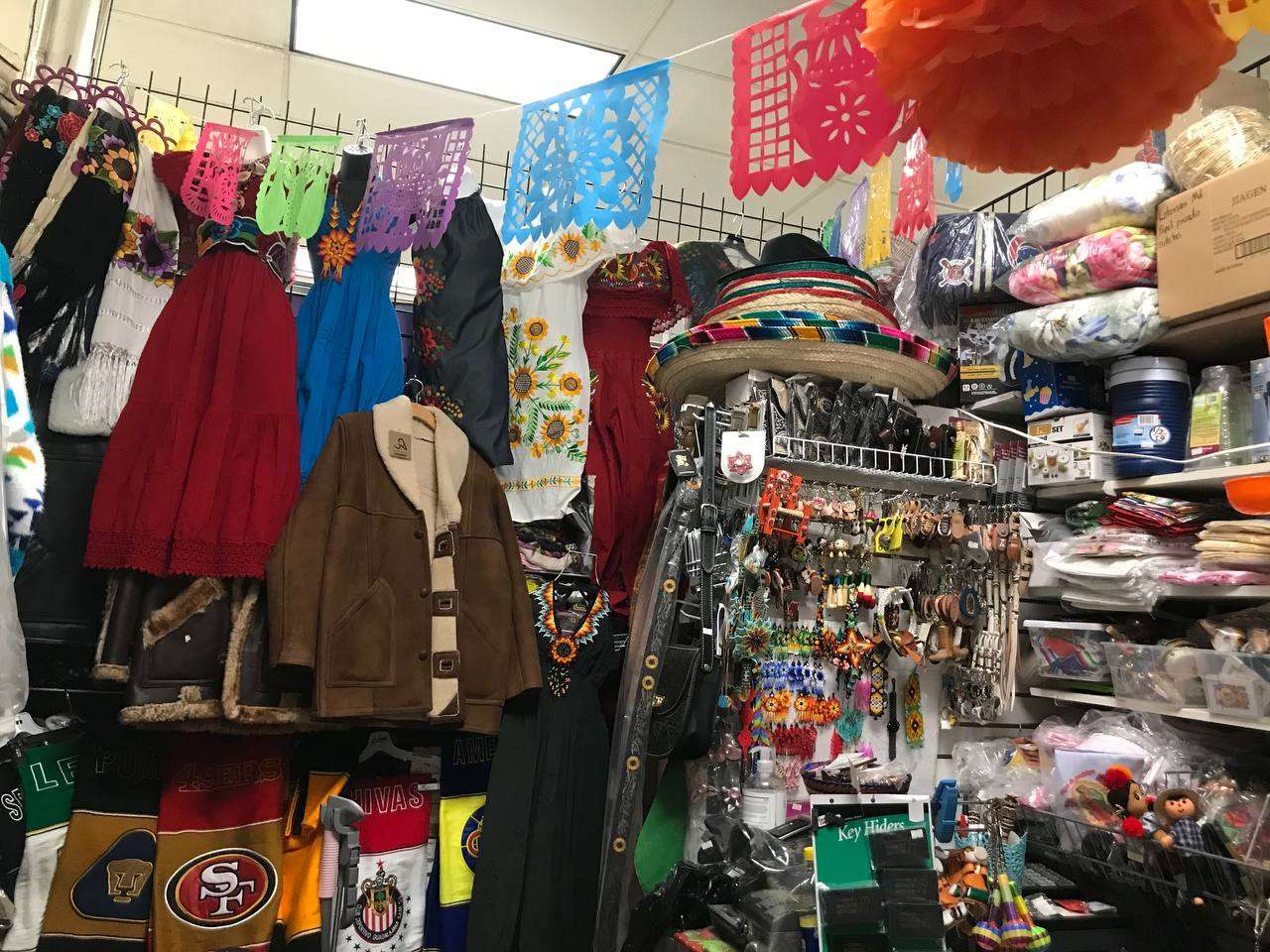Mexican crafts in the United States
- By Carlos Rivas
- On September 18, 2022
- In Mexican crafts, Mexican handicraft

At the beginning of the 20th century, when trade between Mexico and the United States was still unregulated, hundreds of thousands of Mexican artisans moved to the United States to work in local New England textile factories and other production centers in the country, from there that the Mexican handicraft market developed in this great country.
Many traditional Mexican crafts, such as woven baskets from Michoacán and Oaxaca, remain popular as home decor and holiday gifts. Now, however, you’re more likely to find imported Mexican crafts at superstores like Target or Walmart than at an independent store or market stall.
This is because these items are often mass-produced rather than individually crafted, a trend that has been criticized by some quarters for its possible impact on the livelihoods of artisans in Mexico.
What has caused this change in the mass production of Mexican crafts?
In Mexico, many traditional trades have been largely abandoned by younger generations in favor of more modern jobs, such as factory work or other service industries where wages are higher.
Although Mexican crafts continue to be recognized for their quality, this change has caused many producers to depend on foreign markets to acquire their products, with the United States being the most important customer.
In other cases, the switch to mass production has been an economic decision driven by the high cost of doing business in Mexico. The country’s continued political instability and high crime rate have caused the cost of doing business to skyrocket in recent years.
Problems of Mexican crafts in the United States
Although Mexican crafts are still considered high quality, issues such as quality control and supply chain management are often more difficult when producers are based in the United States.
There may also be problems in the marketing and branding of products originating in Mexico.
Some consumers are wary of buying items made in Mexico due to current political tensions and concerns about quality, despite the fact that many products made in Mexico are now made with high-quality materials and advanced production techniques.
Some companies have responded to these challenges by moving production to the United States, where wages are often higher than in Mexico and there are fewer logistics and quality control problems.
Why are artisanal producers moving to the United States?
One of the main reasons for moving production to the United States is the availability of cheap labor.
In Mexico, the minimum wage and other labor laws limit the potential of profit-hungry producers. In the United States, however, unions are weaker and, although wages are higher than in Mexico, they are still lower than in other advanced economies.
Another reason is the relative ease of finding and hiring skilled labor in the United States compared to Mexico. While Mexican workers are known for their dedication and tenacity, the US labor market is larger and better organized, making it easier to access.
In other cases, growers have benefited from government programs that incentivize companies to move production to the United States, especially in historically underdeveloped regions like New England.
The advantages of producing in the United States
Strong transportation and communications infrastructure: The United States is more connected than any other country in the world. However, its infrastructure is much newer than many other countries, which means that it is easier and cheaper to import and export goods.
Strong consumer demand: The United States is the world’s largest consumer economy, accounting for nearly a quarter of all global spending. This, combined with a generally high standard of living, has meant that demand for Mexican crafts remains high despite the shift to American production.
The Disadvantages of Producing in the US
Higher labor and living costs: The higher wages paid to workers in the US can make it more expensive to make products in the country. Investment in specialized machinery is also more expensive.
Higher transportation costs: Although the United States has an efficient transportation infrastructure, the large size of the country makes it more expensive to transport goods from one region to another.
Higher Business Costs: The United States is a more advanced economy than Mexico and therefore has more stringent laws and regulations governing business and commerce. This can make it more expensive to launch and operate a business.

Conclusion
Despite the shift in US production, Mexican crafts continue to be considered highly desirable gift items and home décor.
This is due, in part, to the country’s reputation for excellent Mexican craftsmanship and creativity. Although the quality of items produced in Mexico is often excellent, it is worth remembering that products made in the United States are not necessarily inferior.
The fact that they are cheaper and more widely available in stores is simply a reflection of the demand for these goods in the US market and the fact that producers have shifted their production to meet this demand.
Carlos Rivas
Carlos Rivas is an Engineer in Agricultural Animal Production, Master in Business Management Sciences and PhD student in Information and Communication Technologies at the Universidad de los LLanos UNELLEZ-BARINAS.

